04/12/2010
Randomness and Recurrence in Dynamical Systems
Double-Click Image to Enlarge Catalog Code: CAM-31 This book, part of the MAA's oldest book series, makes the ideas of randomness and recurrence in dynamical systems comprehensible for undergraduates and beginning graduate students. It fills the gap between undergraduate teaching and current mathematical research, bringing out relevant results with a minimum of measure theory. Author Rodney Nillsen develops new techniques of proof and adapts known proofs to make the material accessible to students with a background only in elementary analysis. Forward Index of Symbols The curious phenomenon of the leading significant digit (p. 180): Suppose we have a collection of positive numbers, perhaps arising from a set of data. Assuming the data is random, we might expect that the leading digits of the numbers in the data would occur with an approximately equal frequency. So, it may come as a very surprising fact that this is often not the case. Back in the days when electronic calculators did not exist, arithmetical calculations were carried out using books of logarithmic tables. It seems to have been Simon Newcomb, the professor of mathematics and astronomy at Johns Hopkins University, who observed in 1881 that the pages near the front of books of logarithms were more used than the pages towards the back. He wrote: "That the ten digits do not occur with equal frequency must be evident to any one making use of logarithmic tables, and noticing how much faster the first pages wear out than the last ones. The first significant digit is oftener 1 than any other digit, and the frequency diminishes up to 9." Rodney Nillsen (University of Wollongong, in New South Wales, Australia) received his undergraduate education at the University of Tasmania and postgraduate education at Flinders University of South Australia. A member of the MAA, he is interested in harmonic analysis, functional analysis, differential equations, and measure theory. He is the author of Differential Spaces and Invariant Linear Forms (1994). Source : http://www.maa.org/pubs/CAM-31.html
Randomness and Recurrence in Dynamical Systems
Rodney Nillsen
ISBN: 978-0-88385-043-5
357 pp., Hardbound, 2010
List Price: $52.95
Member Price: $42.95
Series: Carus Mathematical Monographs, #31
• Emphasizes interpretations of results, concepts, and connections to other areas of inquiry;
• Includes exercises, investigations, and more than 60 figures to explain proofs;
• Sets the mathematical ideas in historical context;
• Suggests areas for further study.
Table of Contents
Preface
Background Ideas and Knowledge
Irrational Numbers and Dynamical Systems
Probability and Randomness
Recurrence
Averaging in Time and Space
Index of Subjects
Excerpt
About the Author
07:53 Publié dans Randomness and Recurrence in Dynamical Systems | Lien permanent | Commentaires (0) |  |
|  del.icio.us |
del.icio.us |  |
|  Digg |
Digg | ![]() Facebook
Facebook











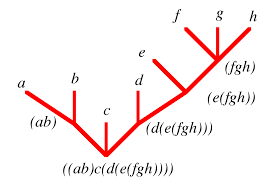



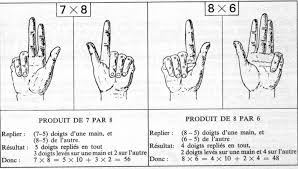


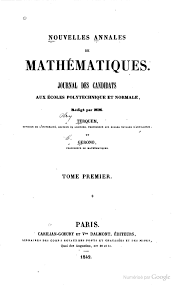





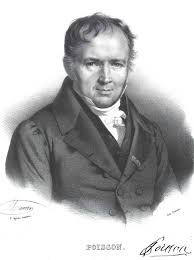

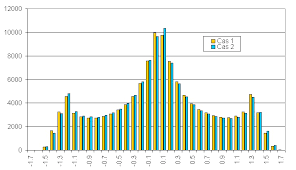
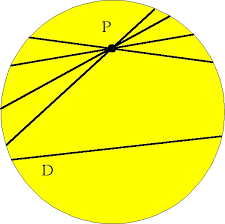



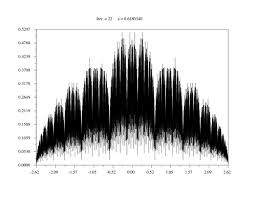
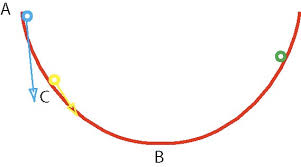

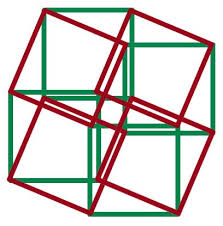



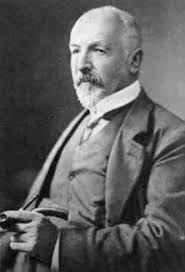

Les commentaires sont fermés.